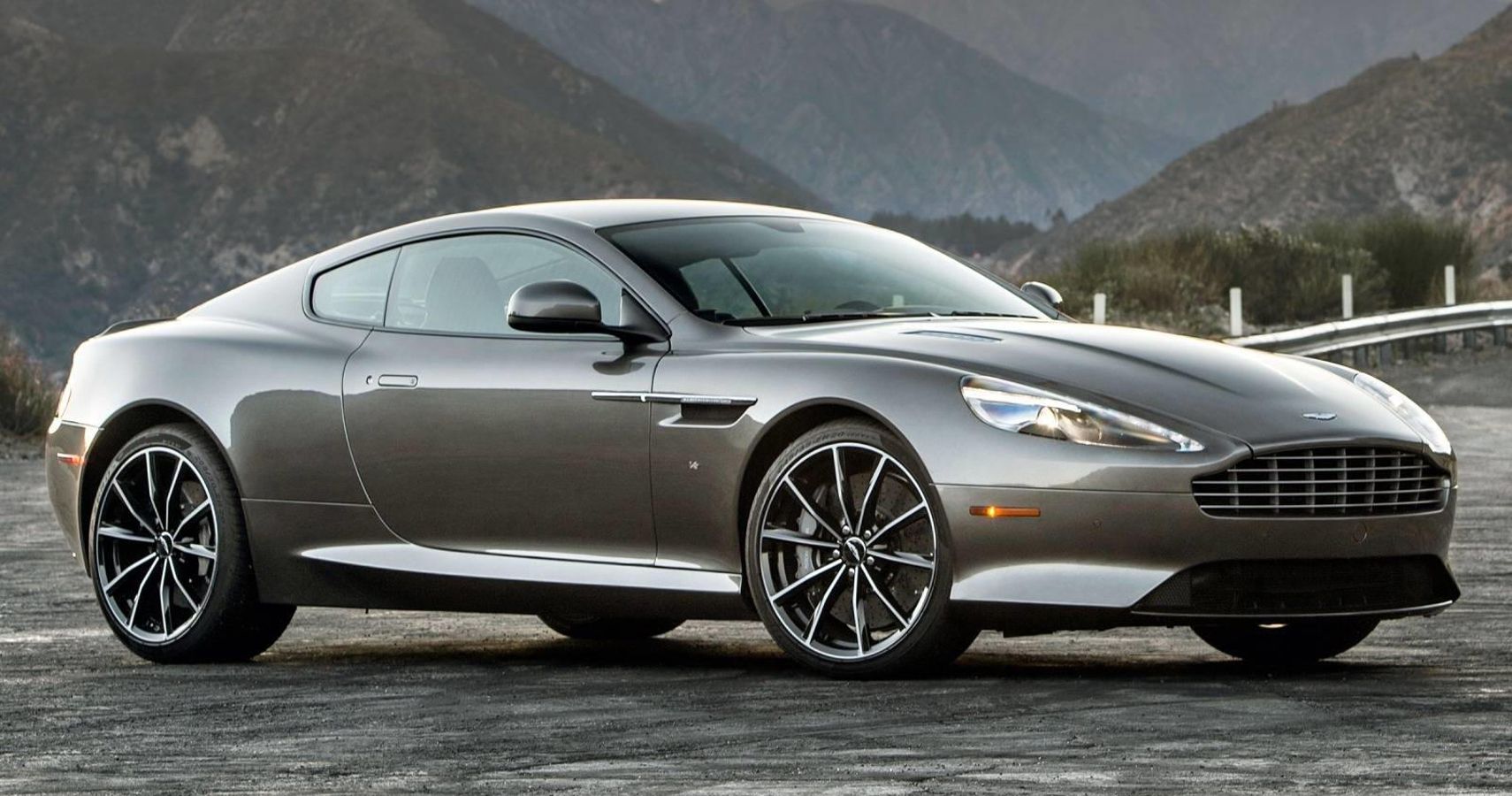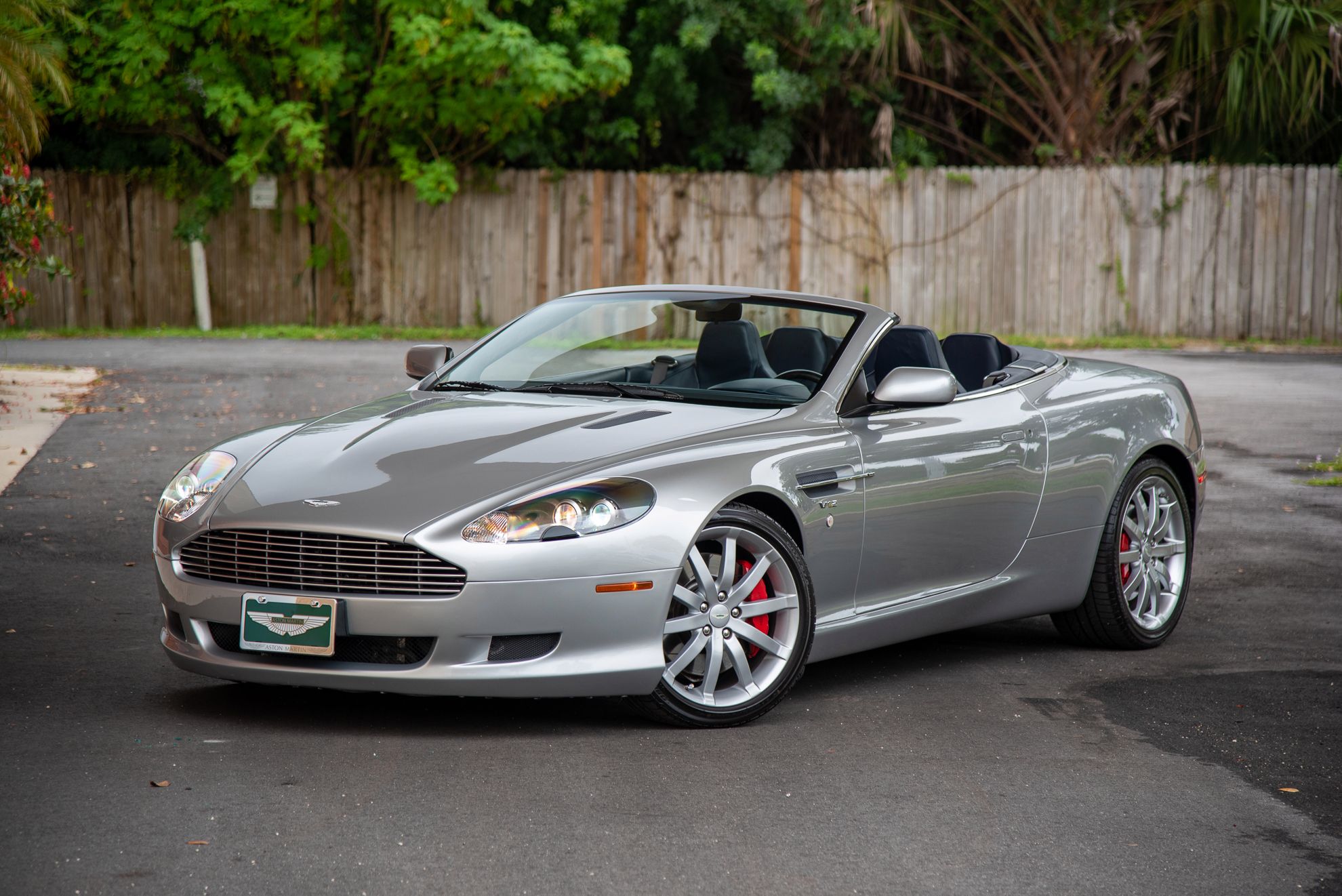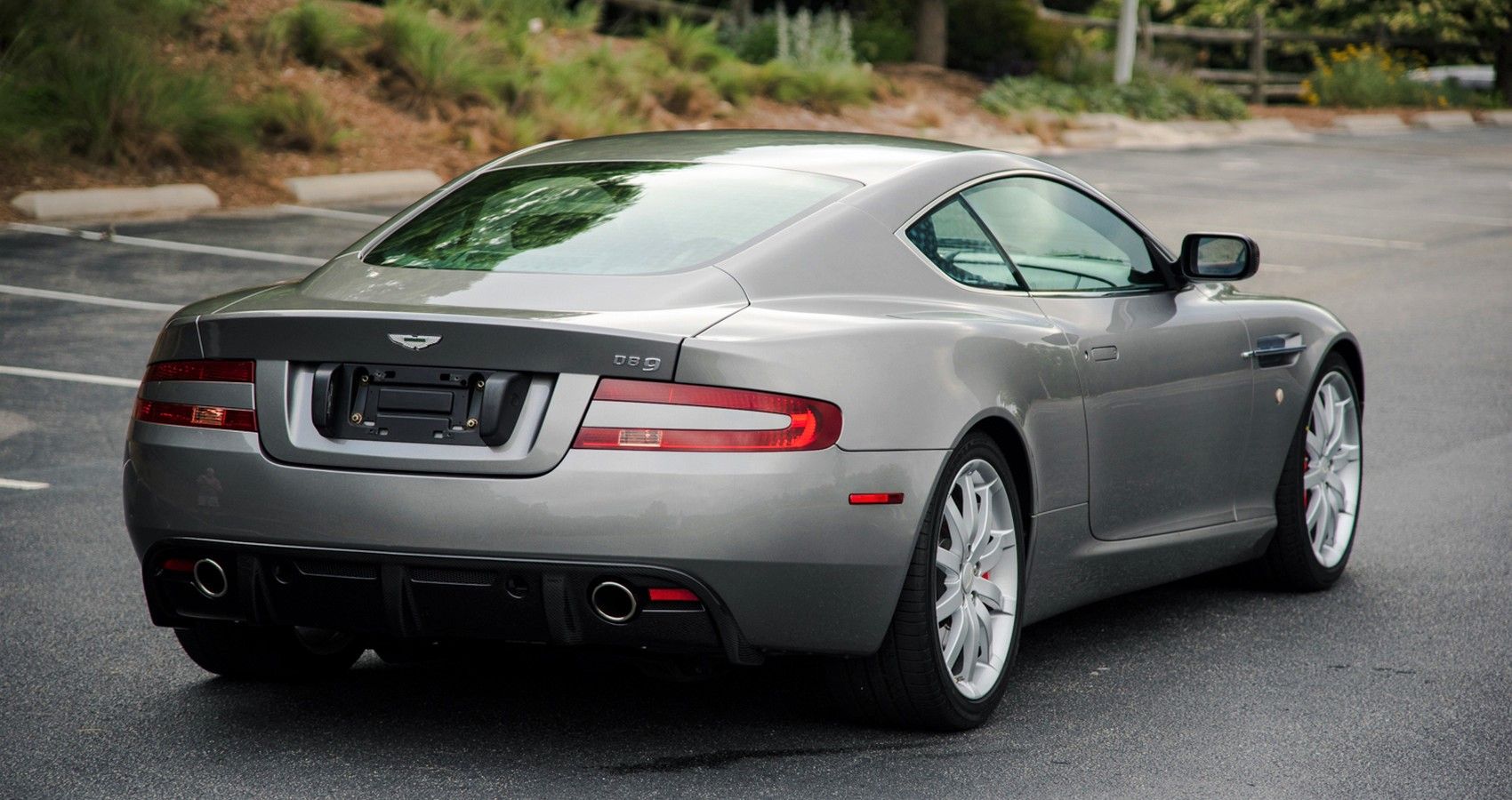Launched in 2003, the Aston Martin DB9 has been an amazing grand tourer for 13 years until Aston Martin decided to pull the plug on its production and replace it with the DB11. It was the first car built in Aston Martin’s new factory at Gaydon in Warwickshire. The DB9 was such an improvement over the old Aston Martin that a straightforward sequential numbering would have been inappropriate. Hence, it was titled DB9 instead of DB8.
Despite its age, the DB9 can put a smile on any driver’s face. The way it performs tells half the story. Perhaps the biggest talking point of the DB9 is just the way it looks. Ever since the Aston Martins have been used in Bond films, they have become iconic, and the DB9 is the most noticeable of them all.
A Fine British Automobile
Almost every Aston Martin one has ever seen is beautiful looking, but not all of them have delivered just as much as the iconic DB9. The 6.0 L V12 engine has a symphony orchestra of sound, which rivals many modern-day supercars. Hand-built, the engine produces 450 HP and gives a 0 to 60 MPH time of 5 seconds. As one approaches the car, one can’t help but feel as if they are in a James Bond movie. The key to Aston Martin DB9's design is its breathtaking proportions. This vehicle looks so beautiful the way it does because it follows the principles of the golden ratio, which is 1.6180. Every panel, every curve on the car's body is precisely calculated, and it’s the beauty of math that shows on the Aston Martin.
The design of the DB9 features 20-inch wheels, which fill up the wheel arches well. The vents on the hood, the trapezium-shaped signature Aston Martin grille along the sharp Bi-xenon headlamps give the front an aggressive and attractive design. The DB9 featured flush door handles, which popped out when the car was unlocked. Aston Martin made it happen way back in 2005. Another signature DB9 element was the swan-like doors which opened diagonally upwards. The broad shoulder line, which is carried to the back, houses the wide rear wheels, and the sweeping coupe design is what makes the DB9 bespoke in every way. In no way does the DB9 look like a 17-year-old car.
As one steps in, they take a seat in the lap of luxury with leather and wood all around as expected from an Aston Martin. The center console is finished in matte timber, which houses the unique crystal start-stop button. The brush aluminum speedometer oozes class in every regard. The technology on offer was on par with anything offered in 2005. The space inside the cabin is fair enough. Aston Martin claims that the DB9 can seat four, but the back seats are very small, and it’s best to consider the DB9 as a two-seater sports car. This is also reflected in the car's boot space, as it can barely fit a small-sized suitcase. This matter is further pronounced in the Volante trim of the DB9, which was a convertible.
Following iterations of DB9 continued to improve the Aston Martin flagship. A powerful AM11 V12 engine increased power to 517 hp, with a torque of 457 lb-ft. Advanced carbon-ceramic brakes gave the DB9 a better response with a longer life and improved performance with virtually no fade. The top speed of the DB9 was claimed to be 183 MPH, and 0 to 62 MPH came up 4.6 seconds in the later generations of the DB9. The DB moniker stands for David Brown, who bought Aston Martin in 1947 and led to the company's rise to glory. Since then, all the finest of Aston Martin’s have had the honor to carry the initials DB in their name.
The Value A DB9 Holds Today
The Aston Martin DB9 will undoubtedly appreciate over time, but a few more years need to pass before a meaningful price increase. Some of the rarest trims of the car have a higher chance of being appreciated, like the manual Volante. There are over 16,500 DB9 that were made in the 12-year production run of the vehicle. The DB9 was launched with an MSRP of $170,000 to $215,000 with all options and other stuff. Today the value of a DB9 would be between $40,000 and $75,000, depending on the trim and the condition of the car. The value of a car starts increasing 20 years after it has stopped being produced, which makes it rare and iconic.
The DB9 is undoubtedly going to be a future classic as it boasts a timeless design, and the smooth V12 engine is a gem of a motor coupled with the amazing soundtrack of the exhaust. The reason one would buy an Aston Martin DB9 in this day and age will not be an investment, and it would be because of its sheer driving pleasure even after nearly 17 years.



